Articles

5 exciting business events in Barcelona this May
16 de April de 2024

In the world of sports, choosing the right footwear is essential. Factors like materials, cushioning, and intended use are crucial considerations. Yes, the right pair of shoes only provides comfort, but it also plays a defining role in performance and, most importantly, it helps prevent injuries.
In the 1960s, this concern weighed heavily on the mind of Bill Bowerman — an American track coach determined to find ways to give his athletes a competitive edge. In his quest, he tried several strategies, from testing different track surfaces to introducing hydrating drinks. However, it was his revolutionary innovation in sports footwear that would ultimately immortalize his name in history.
While enjoying breakfast at home, Bowerman watched his wife make waffles, and in that moment, a groundbreaking idea emerged—an innovation that would forever reshape sneaker soles.
The American coach saw in the waffle iron the possibility of creating a grid-shaped sole with protrusions, much lighter than those available on the market. This innovation promised superior cushioning and optimal traction.
Meanwhile, one of his former athletes, Phil Knight, sought to make his mark in the sports business world while completing his university thesis on the entry of Japanese footwear companies into the USA.
In 1963, Phil Knight traveled to Japan with the aim of finding a way to import high-quality sneakers at an affordable price. During his visit, he made contact with a Japanese footwear company: Onitsuka Tiger.
Knight’s idea of importing sneakers was considered crazy by most, except for Bill Bowerman, who proposed a business arrangement to the athlete. But he had one condition — that he would be allowed to contribute his ideas to enhance the footwear.
In 1964 —and after an investment of $500 from each partner—, Blue Ribbon Sport was created, which would act as a distributor of Japanese Onitsuka sneakers (now known as ASICS). That same year, Knight managed to sell the first order of 300 pairs of sneakers from the trunk of his car. By 1965, sales had already reached $20,000 in profits.
However, Bowerman remained fixated on his idea of improving footwear.
Both Bowerman and Knight were working full-time as Blue Ribbon Sport continued to grow. Eventually, the need arose to bring in someone to handle the sale of the sneakers.
Jeff Johnson took over management of the company in 1965. He created the first Blue Ribbon Sports brochures and started handling the company’s marketing. He also took the photographs for the company’s first catalog. And, as if all that wasn’t enough, he established a mail-order system and opened the first retail store in Santa Monica, California.
In the early 1970s, the relationship between Blue Ribbon Sports and Onitsuka began to deteriorate, leading Bowerman and Knight to make a crucial decision: to cease being intermediaries. It was at that moment when they embarked on the design and manufacturing of the sneakers that would give rise to their own brand: Nike.
The iconic Nike logo, known as the “Swoosh,” has become a recognized symbol worldwide. But who was responsible for its creation?

The answer is Carolyn Davidson, a graphic design student at Portland State University, who designed the logo that would mark the beginning of Nike in 1971. Her creation cost just $35 at the time — a paltry sum by today’s standards, considering the prestige it has achieved.
That’s why, in 1983, as a token of appreciation, the designer received a diamond ring with the logo engraved on it and an envelope containing company shares.

With the logo in place, the only thing left was to find an appealing, easy-to-remember, and iconic name. Knight and his partner began brainstorming. They considered several names like Falcon, Bengal, or Dimension Six. However, it was Jeff Johnson —the mastermind behind the company’s initial marketing triumphs— who ultimately proposed the name that would stick. After a dream, Johnson thought of Nike as a concept, being the name of the Greek goddess associated with victory. Nike sneakers had come to assist athletes in triumphing.
They’re universally recognized. Nike Cortez shoes are undeniably one of Nike’s most iconic models. In fact, their popularity skyrocketed after being featured in various scenes of international cinema (such as in Forrest Gump).
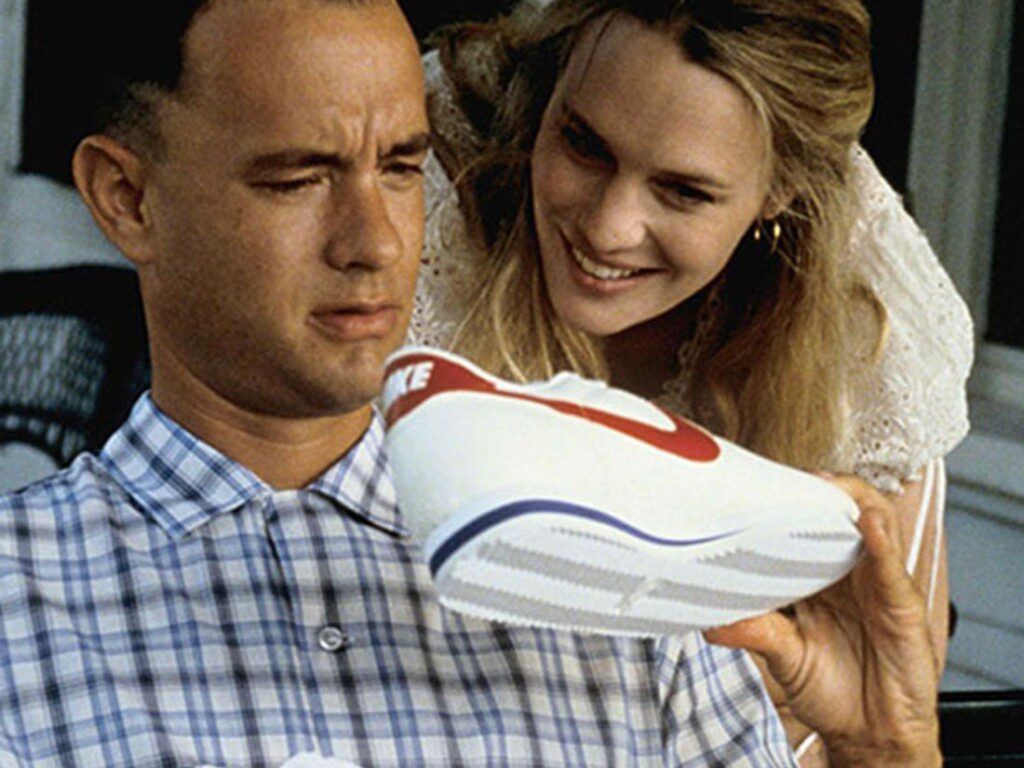
These shoes were designed in 1968 by Bowerman when they were still under the business name of Blue Ribbon Sports and worked as importers of Onitsuka Tiger. In 1967, Bowerman named them “Mexico,” as a tribute to the upcoming 1968 Olympic Games. As the Olympic year progressed, these shoes were renamed “Aztec,” based on ancient Mexican history and the Aztec empire.
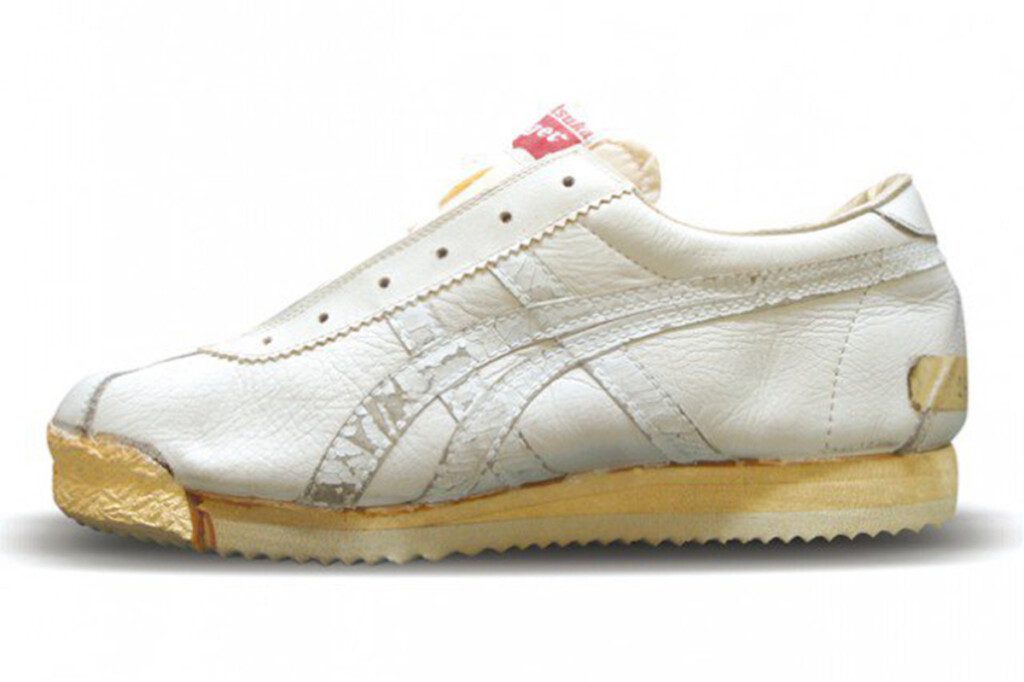
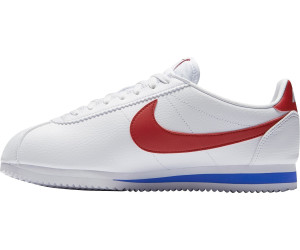
The new name didn’t stick around for long, as they soon received a letter from Adidas claiming it was too similar to their running shoe “Aztec Gold.”
It was then that Blue Ribbon Sports opted for “Cortez,” in honor of the conquistador Hernán Cortés, famous for defeating the Aztecs — and perhaps as a nod of revenge against Adidas.
When Knight and Bowerman rebranded their company as Nike, they chose to showcase the Nike “Cortez” as the centerpiece of their new sneaker line. It was at this juncture that a protracted legal dispute unfolded between Onitsuka Tiger and Nike over the rights to the “Cortez.”
Both brands kept selling these sneakers with similar designs under the name “Cortez” until a court ruled in favor of Nike in 1974. As a result, Onitsuka had to redesign their sneakers and rebrand them as “Tiger Corsair.”
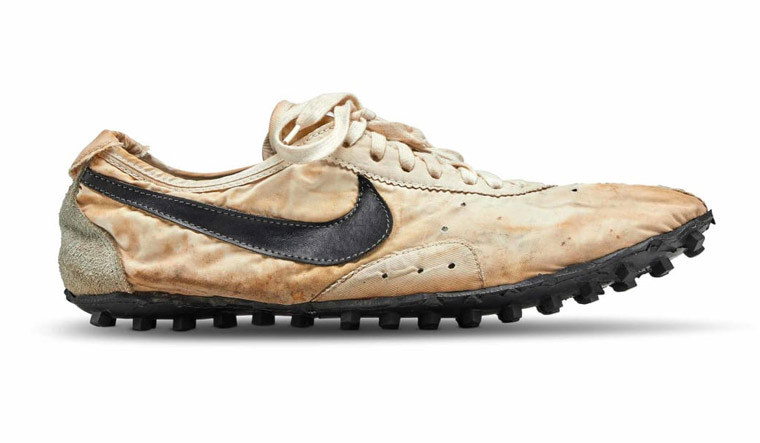
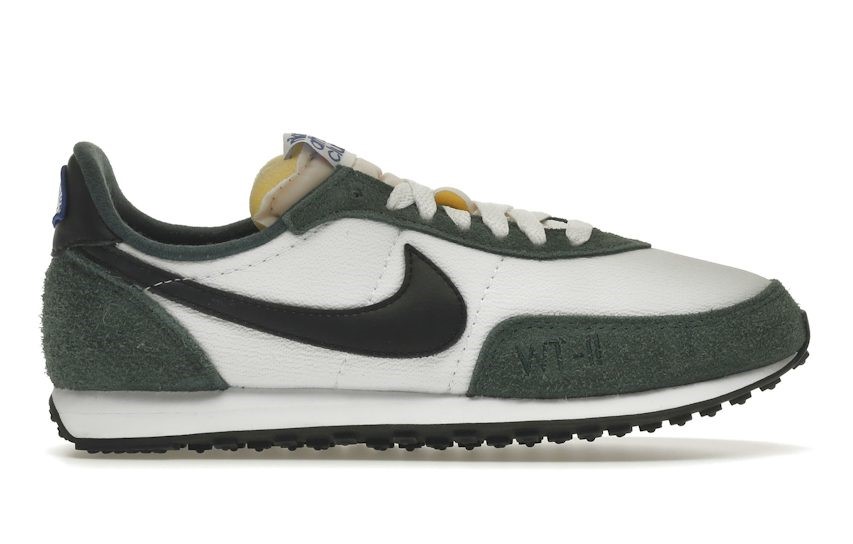
In 1972, under the Nike brand, the Waffle Trainer made its debut. They were dubbed the “moon shoes” thanks to the striking resemblance its treads bore to the footprints left by the Apollo 11 astronauts on the lunar surface.
They made twelve pairs of the prototype for the runners at the 1972 Olympics. A year later, they released an improved version for sale after its success in the competition. Within two years, they became the most popular training shoes in the Americas.
The origin of Nike is a story of vision, innovation, and boldness that revolutionized the sports industry. From experiments with waffles to becoming a global icon, Nike has shown that great ideas can emerge from the most unexpected places. But if there’s one thing that wasn’t a result of chance in Nike’s origin, it was the determination of Knight and Bowerman, nor the ingenuity and effort of key figures like Jeff Johnson and Carolyn Davidson, who illustrate how passion and teamwork can transform a bold idea into extraordinary success.